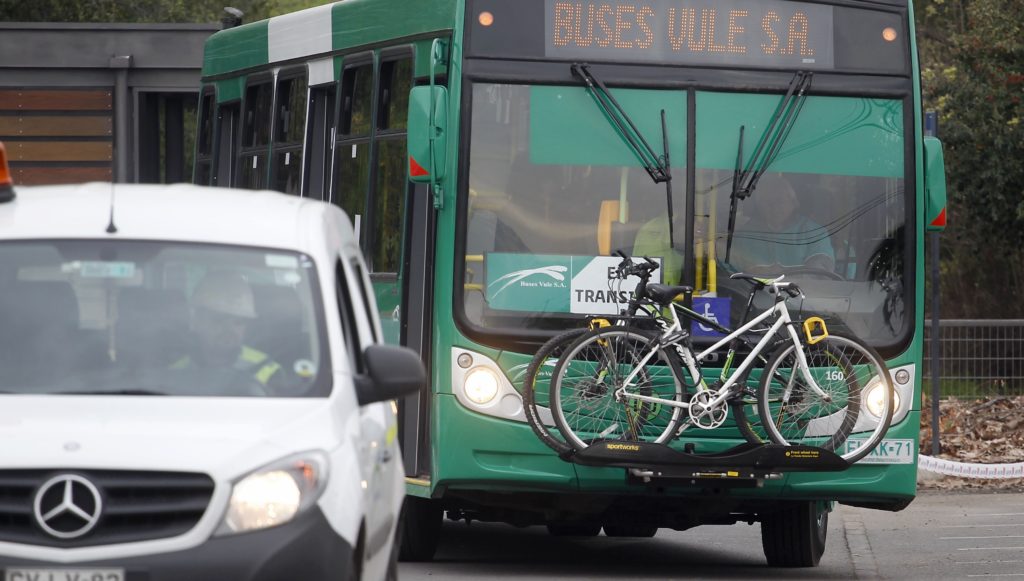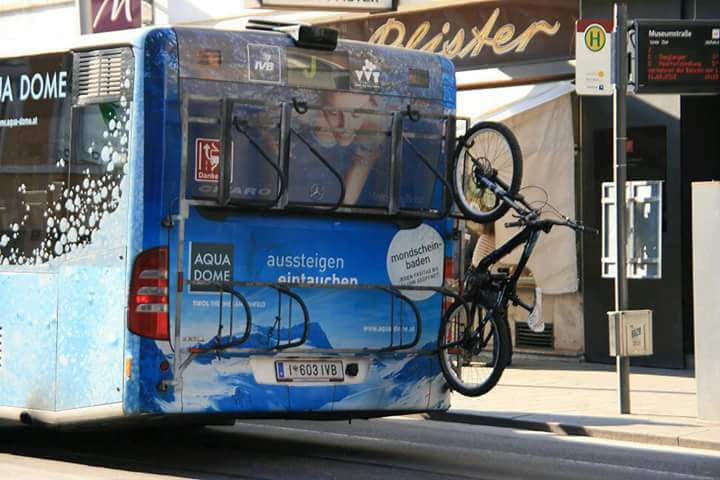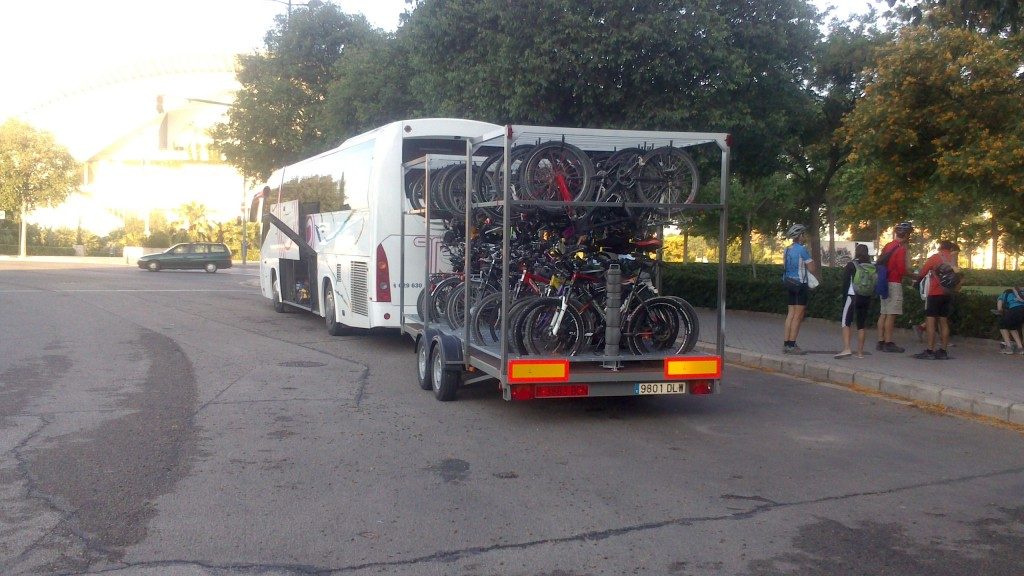Intermodality means to share two or more ways of transport to go from point A to point B. Usually intermodality deals with shared transports like train, bus or metro. As it comes to bicycles, the more advanced countries facilitate intermodality by linking bikes and buses, or bikes and trains. The sum bikes and metro is complicated in peak hours such as the ones in which most people go to work or study. The limited space makes it difficult to share the limited surface specially in those more important metro-consuming countries like Japan.
Regarding the sum of bikes and buses, different alternatives are faced with in my opinion no clear winner. On the one hand, there are cities which allow getting in bikes into buses, but only those that are folding. The reason, again, is the lack of sufficient space due to seats and also passengers. This idea can get it off the hook in intensive-use foldable bikes places, although most of them (and probably all of them) do not accomplish this characteristic.
On the other hand, there are the systems which enable to incorporate bikes to the buses chassis. Here, ingenuity is put into play and an external structure is added to mount the bikes. It can be done at the front or behind of buses. On the photo bellow, you can see it at the front in real life.
The number of bikes is limited by their weight and the mechanical tolerance of the incorporated structure. A simple transporter carries one to four bikes which are mounted in a few seconds. As the bus driver continuously sees them, he controls them and the bus times are not substantially affected.
Moreover, when bicycles are put behind the bus, we have two options. The first one constitutes using a more complex alternative compared to what I have showed and can be observed in the next picture.
This assembly can carry more bikes, but it requires extra height and strength that not every people have. Hence, help is needed. The positive point that implies it is the capacity is increased, though the photo only shows four positions. However, the bus driver can not control the bikes unless she get off it or the rider warn her.
And finally there is the preferred option in long bus trips and dozens of bikes: To hitch a trailer. A trailer allows for moving lots of bikes while the space for bikers inside the bus is guaranteed. If using a two-story trailer like in the next photo, bikes must be secured by hooks in order not to go flying in the first corner. Additional actions are recommended to avoid thieves like using chains.


